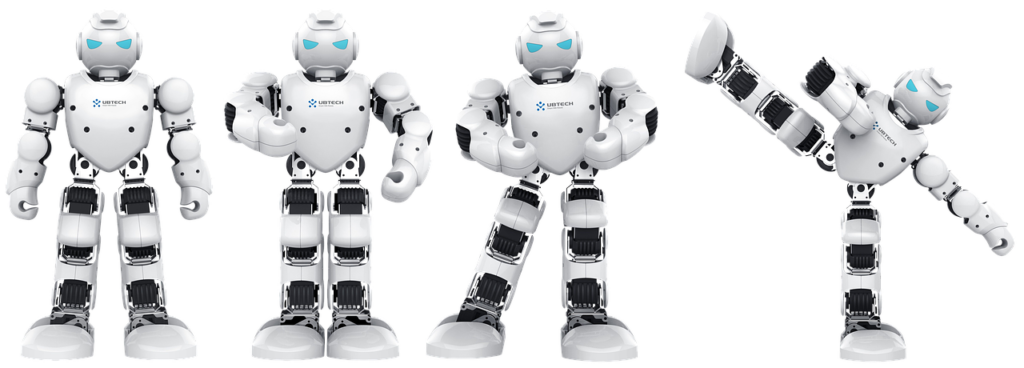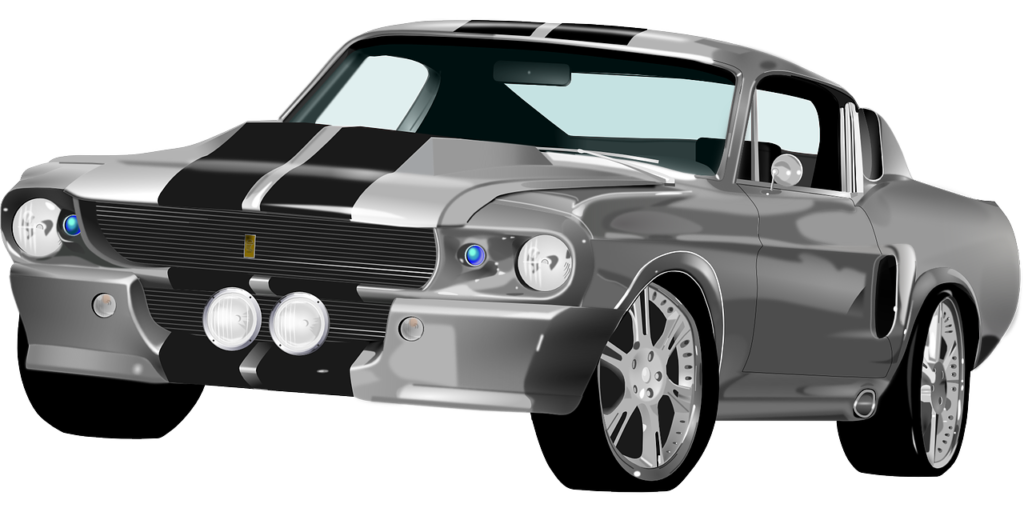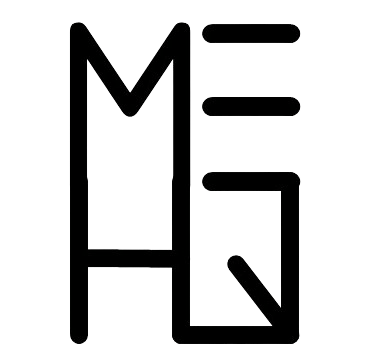What branch of engineering is the mother of engineering? Mechanical engineering can be affectionately referred to as the “Mother of Engineering”.
First, if you’re looking to launch your own blog and start writing articles yourself, no matter what the subject, you can launch your blog with Bluehost for just $3.95/month.
Start creating content and launch your blog with Bluehost.
It is arguably the oldest engineering discipline, while definitely being one of the most versatile. It has direct contributions to almost every branch of industry (hence the “Mother of Engineering” name tag), and mechanical engineering acts as the launching platform for multiple engineering fields, such as: automotive, aerospace, aeronautics, manufacturing, power generation, drilling, and oil exploration. Even somewhat unrelated areas such as chemical, process, biomedical and genetic, damn and reservoir engineering fields have applications for mechanical engineering.

Unfortunately we will not be able to cover every branch that mechanical engineering is the “Mother” of. We will give some examples and an introduction to that discipline, as mechanical engineering is used in absolutely every field of industry in the modern world. For engineers looking to enhance their skill set and earn certifications in other industries, platforms like LinkedIn Learning are essential to furthering your education, it’s free for the first 30 days!
Nanotechnology
Nanotechnology involves the manipulation of molecules and atoms measured in nanometres, or 1 billionth of a metre, for use in modelling and manufacturing. In this field, knowledge of mechanical engineering principles are utilized to solve issues at exceptionally small scales, where materials – due to their minuscule size – have properties that differ to materials of a normal size. These differences are what gives nanotechnology an advantage and these advantages are used to improve manufacturing and other processes.
Manufacturing
Mechanical engineers who work in manufacturing may have a variety of jobs/responsibilities, they can range from the design and development of machines, to working in research and testing. They will always have the task of exploring efficient ways to convert raw materials into a finished product. Opportunities may present themselves to also work in the design and coordination of production systems while working in this field.
Working in the manufacturing field, mechanical engineers will help to make a variety of products including airplanes, electronics, cars, toys and recreational equipment. The manufacturing engineering discipline has very strong overlaps with industrial engineering, electronic engineering, mechanical engineering, electrical engineering, material management, and operations management.
Robotics
Working in the field of robotics as a mechanical engineer, some of your responsibilities might include the design and fabrication of machines and devices that interact with their surroundings and can be operated remotely.
The spectrum of robots can vary from simplistic machines to more complex designs that can fulfill a role in the manufacturing industry, carry out nuanced motions such as moving a human limb, or performing dangerous tasks too risky for a human being. Working as a robotics engineer you may have to work in many different industries including transportation and agriculture.

Thermodynamics
As a mechanical engineer in the field of thermodynamics, your focus will be on energy and the systems available to transform and conserve it for a number of different applications. For example, you might have to design a system that can convert thermal heat into mechanical energy. You may work in refrigeration or the production of geothermal energy, or could use your knowledge of fluid mechanics and heat transfer to help design propulsion systems, power plants or refrigeration and air-conditioning systems.
An example of thermal engineering is the HVAC industry which deals with temperature regulation, ventilation and refrigeration. On a smaller scale use of thermal engineering is also in cars. The cooling and heating of the car is managed or controlled by thermal management systems.
Power Plant Engineering
Every process needs energy and power, these are created in power plants and there are multiple modes of production like: hydro, nuclear, thermal etc. As mentioned previously, this branch of mechanical engineering utilizes the principles of thermodynamics and uses equipment such as: alternators, boilers, etc.
HVAC Engineering
Weather and climate are natural phenomenon, but fortunately we have power over the elements inside a confined space, and that is what HVAC engineering is concerned with. It means Heating, Ventilation and Air-Conditioning engineering and again includes the principles of thermodynamics, fluid transfer etc.
Marine Engineering
Marine engineering relates to the maintenance and operation of the propulsion and other machines on board a ship. Machinery on board the ship ranges from the main propulsion plant, boilers, purifiers, auxiliary generators, pumps and so on.
Aerospace Engineering
Similar to marine engineering that focuses on transportation that floats, aerospace engineering is concerned with transportation that can fly. Aerospace has further been subdivided into two main parts, astronautical and aeronautical engineering which deal with spacecraft and airplanes respectively.
Automotive Engineering
Automotive engineering’s main focus is vehicles that travel on roads as opposed to air or sea. Automotive engineering again could be divided into several different parameters which each in turn requires a specialist skill set of its own, like: safety engineer, design engineer etc. These sub-sectors concentrate on the different sections of automotive engineering during its maintenance, manufacturing or design.
Computer Aided Engineering
Computer Aided Engineering is more popularly known as as CAE, and is used with CAM (Computer Aided Manufacturing) and CAD (Computer Aided Design). It mainly focuses on using computers and software programs like AutoCAD, Revit, Inventor and Fusion 360, to carry out the design, simulation and analysis of various procedures and machines. It is utilized in various fields such as automobile design and naval architecture to name a few.

Mechatronics
A recent addition to mechanical engineering branches is mechatronics, it refers to a combination of mechanical electronics and computer engineering. It can also be referred to as a hybrid branch which can cover several fields at the same time.
Acoustical Engineering
Acoustical engineering is the field of mechanical engineering that deals with vibrations and sounds. It mainly focuses on analysis control and the design of sound.
The primary aim of acoustic engineering is to control the reducing of unwanted noises. This can be achieved by using sound absorbers, noise barriers and silencers or by redesigning the sound sources themselves. Acoustic engineers not only work just with noise, but apply sound in a positive way, like using ultrasound in medicine, or designing a cinema hall or concert hall for better sound quality.
Please be advised that although several branches of mechanical engineering have been listed in this post, they cannot be considered their own field. Technology is evolving and is becoming so complicated and interwoven today, that a lot of these branches are just other branches of mechanical engineering merging together, with other disciplines of general engineering as well.
This also adds to mechanical engineering’s title of “Mother of Engineering”, as it can branch to other engineering disciplines like computer engineering and electronics.
Thank you very much for being here – we appreciate you taking the time to read our content. If you have anything to add, please feel free to leave a comment down below, and sign up to our newsletter for more of the same!
You can also follow us on LinkedIn, Facebook, Twitter, and Instagram so you can stay up to date.



